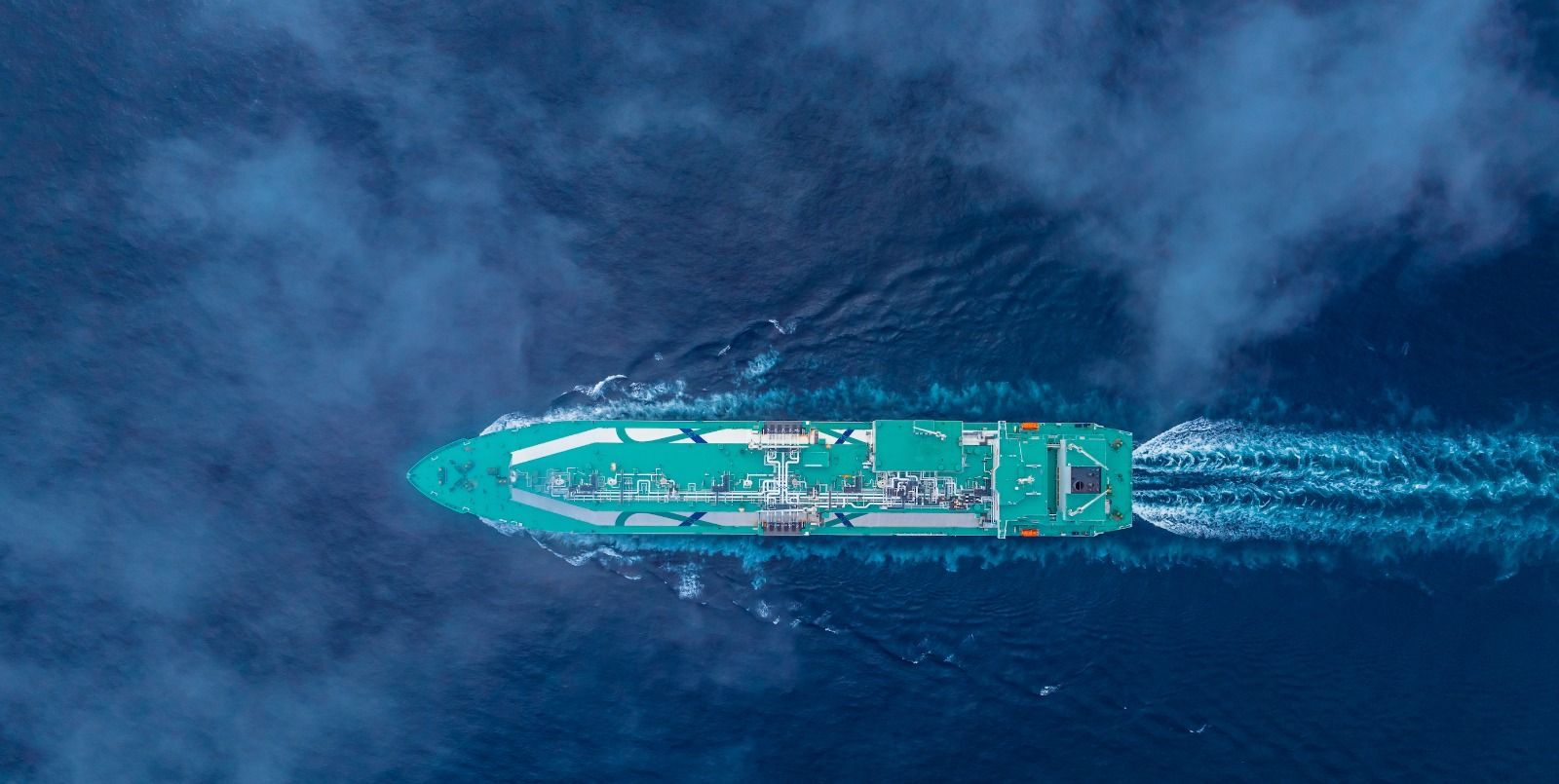Unlocking LNG's Potential in Ammonia Production: A Strategic Shift for Feedstock Security
Indonesia’s ammonia production sector is becoming increasingly vulnerable due to declining reserves and quality of conventional pipeline natural gas. This challenge is especially acute in West Java, where PT Pupuk Kujang operates two ammonia plants with a combined production capacity of 2,000 metric tons per day. As conventional supply becomes unreliable and cost pressures rise, the company and the broader fertilizer industry must explore alternative feedstock strategies. This study investigates the viability of using Liquefied Natural Gas (LNG) as a strategic substitute to ensure the long-term sustainability of ammonia production in gas-constrained regions.
The research employs a comprehensive technical and economic feasibility approach, incorporating process simulation, process modeling, and techno-economic analysis. The transition from pipeline gas to LNG entails considerable infrastructure development, including the installation of regasification units, storage tanks, and port facilities. These infrastructure requirements present both investment opportunities and logistical challenges, especially for inland or industrial-zone-based plants.
Preliminary findings suggest that regasified LNG can be integrated into existing ammonia production systems with only minor process modifications. From a technical perspective, LNG offers a comparable composition and calorific value, allowing existing reformers to maintain stable performance. However, the economic viability is highly sensitive to the delivered price of LNG, which includes international procurement, shipping, regasification, and local distribution costs.
A critical outcome of the study is the identification of a target LNG price threshold that preserves global cost competitiveness for ammonia production. Sensitivity analyses reveal that exceeding this threshold could significantly erode margins, particularly in the absence of government support or price stabilization mechanisms. Therefore, strategic alignment between industrial planning and energy policy will be essential to ensure feasibility.
Beyond technical integration, the study provides a decision-making framework that accounts for local supply risk, infrastructure readiness, and the potential for long-term contract structuring. The analysis also considers the role of LNG in future decarbonization pathways, including its suitability for blue ammonia production through carbon capture integration.
This work highlights how LNG can serve as a technically feasible and potentially viable alternative to conventional gas in regions where supply insecurity threatens fertilizer production. It emphasizes the importance of strategic foresight, coordinated infrastructure development, and price policy in unlocking LNG’s role as a bridge fuel for Indonesia’s ammonia industry.




)
)
)
)
)
)
)
)
)
)
)
)
)
)
)
)
)
)
)
)
)
)
)
)